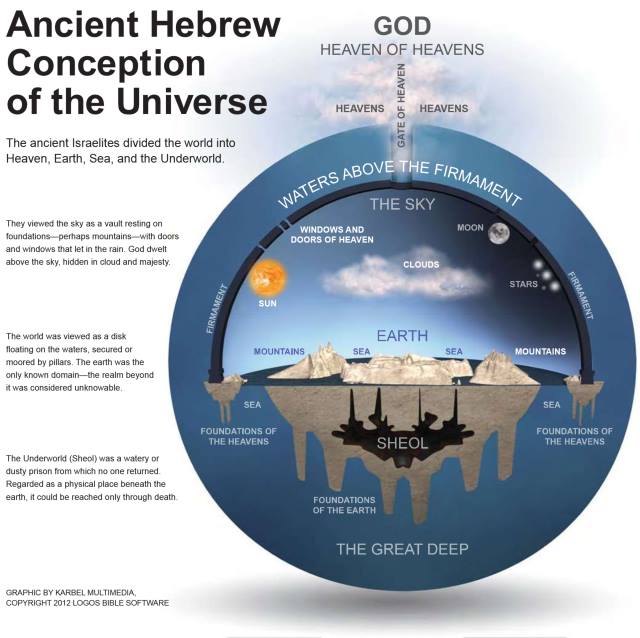I think this conversation has run its course. Tyrathca shows no interest in having a conversation knowing it is best to do an Abbot and Costello routine instead.
Good job Tyrathca, just call me Costello.
| Chuck (Bud Abbott): No, you don’t understand, when I say Moose kept the money in his head that’s just a figure of speech. Ferdie (Lou Costello): Oh, figure of speech. Chuck (Bud Abbott): You know what a figure of speech is, don’t you? Ferdie (Lou Costello): Oh yeah, everybody knows that. Chuck (Bud Abbott): What is it? Ferdie (Lou Costello): A figure of speech is just like if I said to you, uh, that’s water under the bridge. Chuck (Bud Abbott): What bridge? Ferdie (Lou Costello): How would I know what bridge? Chuck (Bud Abbott): Then how do you know there’s any water under it? Ferdie (Lou Costello): There’s gotta be water under it, so the boats can go up and down! Chuck (Bud Abbott): Up and down? Suppose they want to cross? Ferdie (Lou Costello): I’m a sucker for arguing with this guy. Chuck (Bud Abbott): Why do you start these arguments? Ferdie (Lou Costello): You asked me if I knew what a figure of speech was, and I said just like water under the bridge. I shoulda said gone with the wind. Camille: What wind? Ferdie (Lou Costello): Am I gonna have trouble with you now? Ferdie (Lou Costello): When I said “gone with the wind” it was a figure of speech—like “never the twain shall meet.” Camille: What twain? |
Good job Tyrathca, just call me Costello.
Do you really want to go on record as saying I don't know the general steps taken from DNA to protein?Which would mean that the transmission phase and "noise" happens with the mRNA not DNA, so any analysis using Shannon information would be meaningless to your argument. This is why the question of "when" matters, that you don't seem to understand what processes you are describing makes me think you don't understand even basic cellular biochemistry.
If it is obvious you should be able to answer my simple question
You can't though because you don't know, do you? You just keep stating your premise is true and claiming it is obvious because you don't know enough about Shannon information, cells or DNA to actually answer anything further about it.
Math is not required until we can agree on the problem.But it's basis is math, it's conclusions are math and it's implications are derived from the math.
The problems the math are dealing with is where we are stuck - you have yet to define what we are applying Shannon information to (DNA alone is an insufficient answer). If you can't define the problem is such a way that we can actually apply the math of Shannon information then what is the obvious conclusion?
It is code because it is not protein, but the proteins DNA makes will be changed in a predictable way if a certain error is introduced.It could be a "code" but unfortunately until you can show it is every encoded, transmitted and then decoded it does not fit into Shannon information (you're the one saying we have to limit ourselves to that, no using colloquial or other definitions of code interchangeably with Shannon's!)
Before a protein is made, the portion of DNA that encodes for it is selected out of the rest of the DNA.To be clear what do you mean by "selected"? Is this a vague arbitrary point in time set by you? Is DNA encoded before or after it is selected? Are you saying that DNA is being "transmitted" after it is selected? What is mRNA's part in this? (given it would always exist between "selection" [start point] and protein being made [end point] and to me would fit far better into the encoded-transmitted-decoded paradigm)
You seem to be implying, again, that I don't know the general steps taken for a protein to be made from DNA. Are you sure you want to say that? It isn't more complicated than this.So you don't know?
That does not mean it is ever encoded by the way. Or that the "damage" occurs during transmission. If I damage/change an assembly that too can cause a predictable damage/change to it's end product, would that mean the assembly line has been encoded and is being transmitted? You're right it is fascinating to watch your extreme passion to never answer simple questions such as when DNA is encoded or even admitting the reality you don't even understand cells and DNA enough to recognise mRNA.


